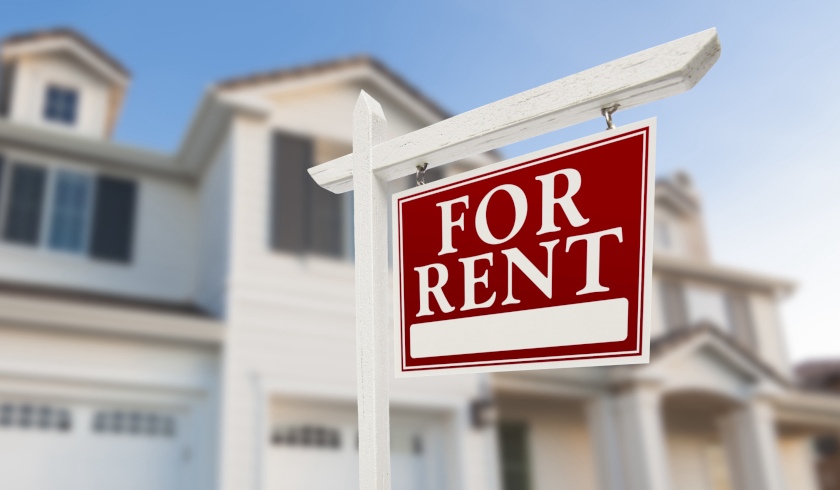Slowing rents show rental properties need clear differentiation
The results of a report on June’s rental statistics show a clear need for investors to differentiate their properties when renting them out in the face of slowing rental growth.

Rent.com.au’s Rental snapshot monthly market report for June shows rents across the country, in both capital cities and regional areas are slowing down for both houses and units, especially in Sydney where progress has stagnated, with rents holding at $550 for apartments and $600 for houses.
The capital cities seeing rental growth for apartments were Melbourne by 2.5 per cent to $410, Brisbane by 1.3 per cent to $400, Perth by 3.2 per cent to $325 and Canberra by 2.3 per cent to $440, while the capital cities that experienced apartment rental declines were Adelaide with a fall of 1.7 per cent to $295, Hobart with a fall of 5.7 per cent to $330 and Darwin with a fall of 4.1 per cent to $355.
There was more stagnation seen in house rental growth, as in addition to Sydney, the capital cities that saw rents hold steady were Melbourne at $420, Brisbane also at $420, and Adelaide at $370. The growth that was seen was in Perth by 1.4 per cent to $355 and Darwin by 2.1 per cent to $490.
On the slow growth, Rent.com.au CEO Greg Bader said if investors want to remain profitable in the rental space, they need to try and stand out from the market.
"From an investors perspective, slowing rental growth means they will need to find new ways to differentiate their properties from others," Mr Bader said.
“The boom phase of the market is fading, and it’s likely down to first home buyer incentives and a deluge of new apartments on the market.”
When looking at the number of days on market, units are taking longer to rent than in May, while houses are fairly stable, with equal number of states moving faster and slower compared to May.
Mr Bader said this data showed healthy leasing activity, which meant increased demand.
“With leasing activity increasing, these markets are starting to re-balance, which is good news for owners,” he said.
Of particular note were Brisbane and Darwin, with both houses and apartments moving faster than last month, with the percentage change between 13 per cent and 9 per cent faster, with both property types taking 23.7 days, and 17 per cent at 35.4 days and 2 per cent faster at 33.3 days respectively.
Besides these capital cities, the only other faster renting capital city for apartments was Hobart, which was 12 per cent faster at 15.7 days.
Adelaide was the slowest moving capital city for time on market to rent was 14 per cent slower at 28 days, followed by Sydney which was 9 per cent slower with 25.1 days on market, then Canberra which was 6 per cent slower at 15.8 days slower, Melbourne which was 1 per cent slower at 19.3 days, with Perth seeing the least slowing time on market which was just 0.2 of a percentage point slower at 39.1 days.
Perth and Adelaide join Brisbane and Darwin for capital cities seeing time on market moving faster, with Perth moving 2 per cent faster at 36 days and Adelaide moving 5 per cent faster at 23.8 days.
The capital cities that saw days on market slow down were Hobart which was 9 per cent slower at 21.5 days, Melbourne which was 5 per cent slower at 23.1 days, Sydney which was 4 per cent slower at 26 days and Canberra which was only 1 per cent slower at 19.2 days.

